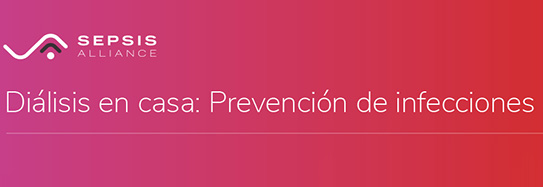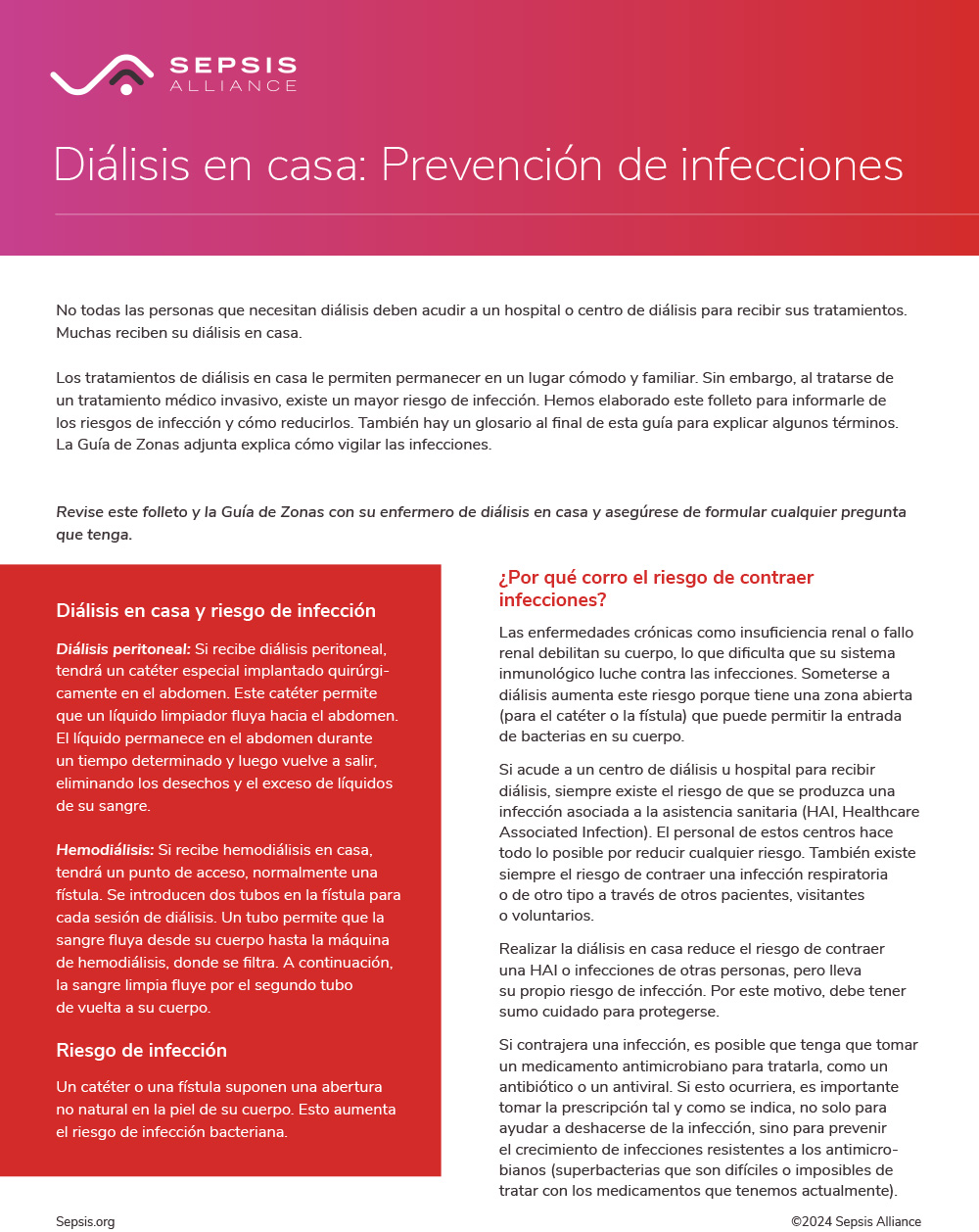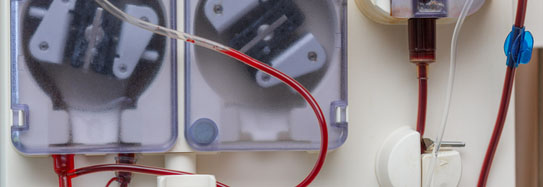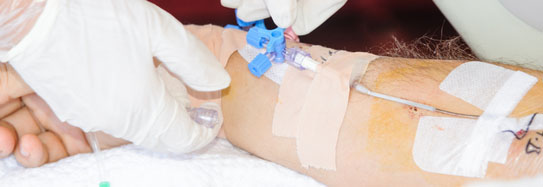There are two types of dialysis: hemodialysis and peritoneal dialysis.
About 90% of people who need dialysis receive hemodialysis. Most have the procedure in a hospital or specialized clinic, but there are now home hemodialysis machines, which give patients more control over their time.
The procedure takes about four hours each session, usually three times a week. People who choose home dialysis have more freedom in choosing when and for how long each session is. They may choose to follow the same three sessions per week at four hours each. They can also choose shorter, more frequent sessions. Night home hemodialysis is another option. The treatments are done overnight while you sleep.
Peritoneal dialysis is usually an at-home treatment. The two most common types are continuous ambulatory peritoneal dialysis (CAPD) and automated peritoneal dialysis. CAPD takes about a half hour or so, usually three to five times a day, every day. While you do need special equipment, there is no special machinery. Automated peritoneal dialysis is usually done at night, using a machine called a cycler.
Hemodialysis explained
So how does hemodialysis work? To have hemodialysis, you need a special fistula or graft in your arm for access. This allows your blood to flow from your body into the hemodialyzer and back again. While the blood is in the dialyzer, a special filter draws out harmful substances, waste products, and extra fluid. Once the cycle is complete, a pump in the machine pushes the blood flow back to your body.
The special access is not usually needed for emergency dialysis or only a few sessions. But veins are not strong enough to tolerate the repeated needles and the extra pressure required for regular dialysis.
Peritoneal dialysis explained
About 10% of people who need dialysis use this method. It is less restrictive because you aren’t hooked up to a machine for several hours during the day. But it’s not for everyone. People who are not good candidates for peritoneal dialysis are those who are obese or who have:
- More severe kidney failure
- A hernia
- Inflammatory bowel disease
- Scarring in their abdomen.
People who use peritoneal dialysis may have to switch to hemodialysis if the kidney disease progresses.
To have peritoneal dialysis, a surgeon must insert a special permanent catheter into your abdomen. This will allow the dialysate, the special fluid, to flow into your abdomen. After you clamp the catheter closed, the fluid sits in the abdomen for a set period. The abdominal lining (peritoneum) acts as a filter, drawing waste products and extra body fluids into the dialysate. When the time is up, you unclamp the catheter so the fluid can flow out.












































